2018 Lotus Evora 400 vs. 1991 Acura NSX
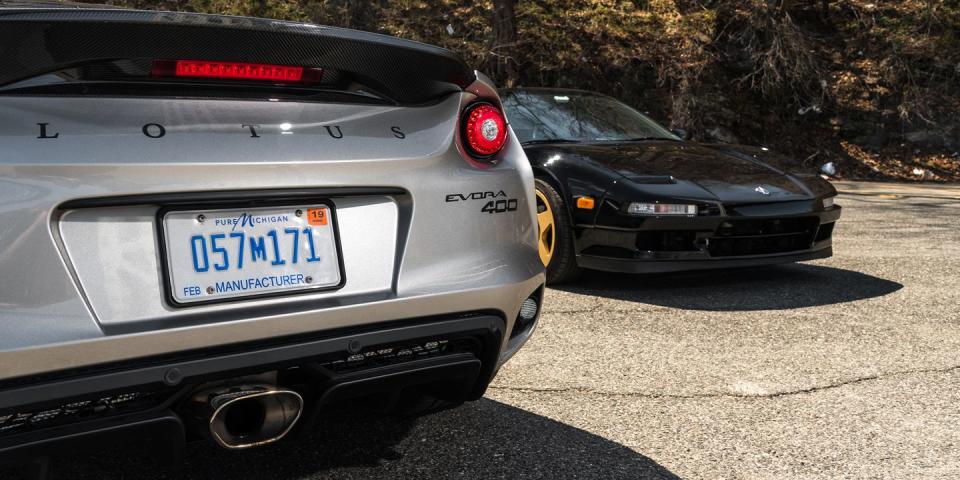
Modern sports cars are great, with technical innovations far more interesting than any useless app coming from Silicon Valley. Yet, they can leave you cold with the connection between driver and road filtered through an increasing amount of computers. You're left to wonder if it's you doing the work, or the car itself making you feel like you are.
You don’t wonder if it’s a computer doing the work in the Lotus Evora 400. It’s an epiphany. You know that moment where a light suddenly turns on in your head and it feels like you're seeing the world in color for the first time? Yeah. It's like that. There's very little between your inputs and its outputs. It engages you in a dialogue, communicating in clear, concise sentences through the wheel, the pedals, and the seat. This is an analog car, and it’s exhilarating.
There's not a lot on sale today the Lotus reminds us of. The Porsche Cayman and 911 come closest, but to better understand the Evora 400, you have to go back to the 1990s. And that's why-with inspiration from R&T contributor Matt Farah and help from Classic Car Club Manhattan-we found the car closest to the Evora: the 1991 Acura NSX.
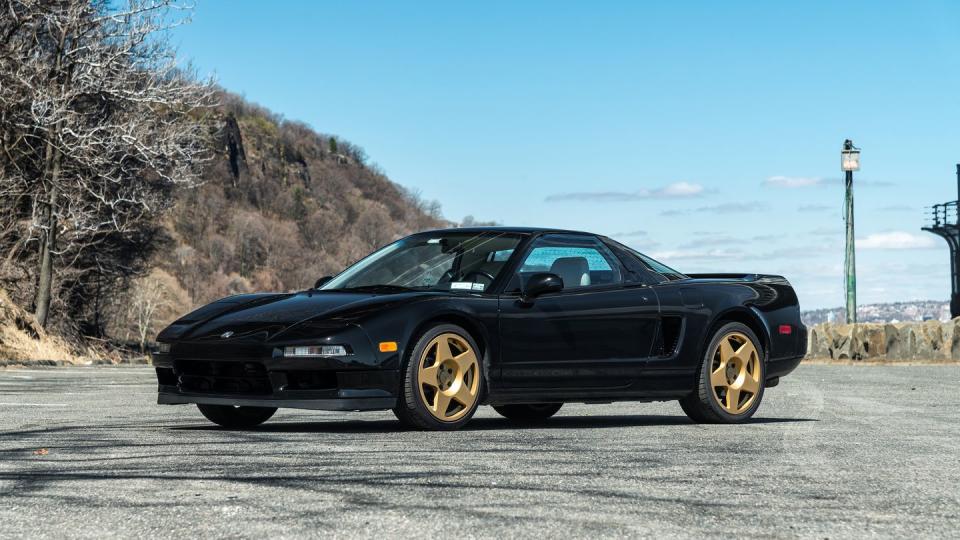
The two have more in common than the 27-year age difference suggests. Namely a lot of aluminum-a bonded extruded tub in the Lotus; pretty much everything in the NSX-and transverse mid-mounted V6s with manual gearboxes.
But that doesn't necessarily mean much. After all, the Evora 400 uses a supercharged V6 that started life in the 2006 Toyota Camry, though it feels and sounds like it has far more exotic origins. What brings these cars together isn't their hardware; it's the experience.
If their looks were described on paper, you might think they’re the same car. In reality, they look quite different. "The Lotus is more organic," Deputy Editor Bob Sorokanich notes, calling my attention to its flowing, graceful lines. The NSX is more blunt-not a doorstop like a Lamborghini Countach but also not terribly far removed from that car's design ethos. It's unadorned and undeniably elegant all the same. The tiny Lotus is the attention-getter of the pair, though I think the NSX is just as dramatic with its low, wide stance.
I'd spent a day bopping around New York City in the Lotus before I had a chance in the NSX. NYC isn’t really the sort of place to test the Evora's strength, but its greatness was still evident. It’s supple, talkative, nimble, and all the other good adjectives you've heard used to describe the company's great cars.
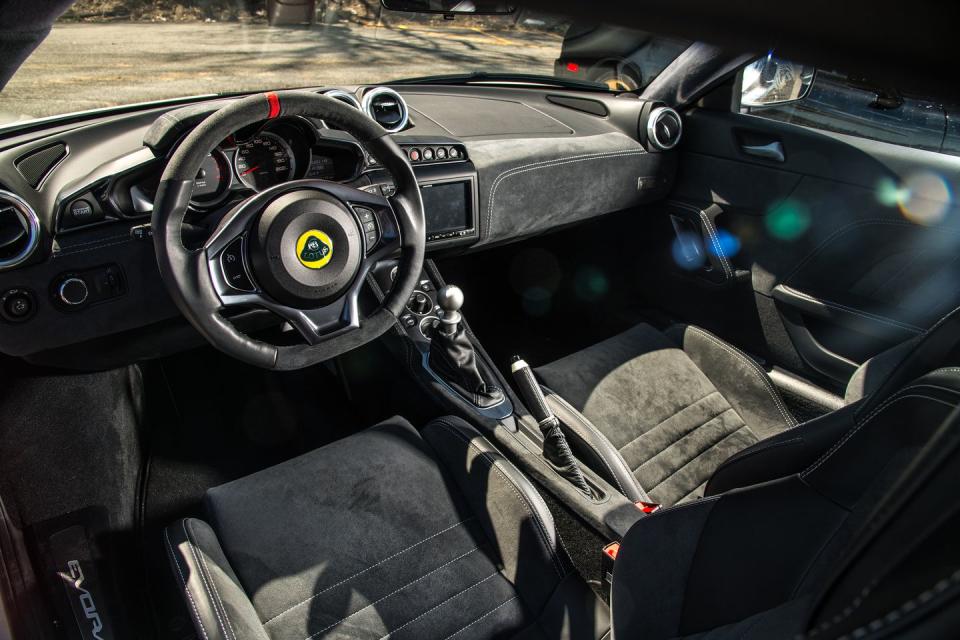

Climbing in the NSX after the Evora was a bit of a shock, surprisingly. Where the interior of the Lotus is tight and cocooning, the Acura's is light and airy. It offers visibility that remains unparalleled in a mid-engine sports car today, and all the thoughtful practicality you expect from an early 1990s Honda.
It's a jarring contrast with the Lotus, which is well trimmed, but filled with switchgear from the old Ford parts bin and a Best Buy-special Alpine head unit. It's also a pretty stark reminder that these cars were borne from very different companies. Honda was at the top of its game when it started work on the NSX in the 1980s, out to prove it could build whatever it wanted and do it better than anyone else. When Lotus created the Evora in the mid-2000s, it was making the best of what it had.
But as soon as I fired up the NSX and moved away, the logic behind bringing these two cars together was reaffirmed.
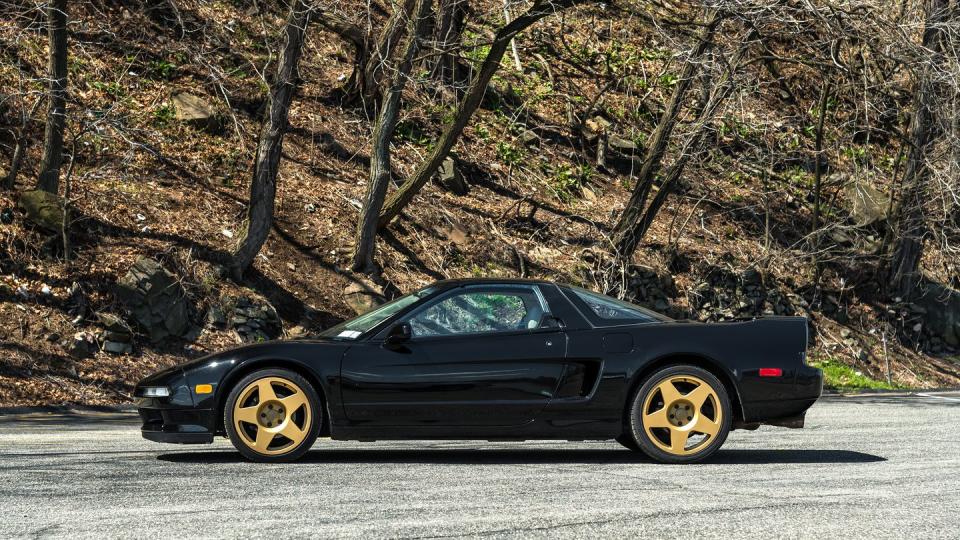
The NSX has heavy steering-power assistance was only available on automatic-transmission cars in the first few years of production. It's a little vague just off center, but add some lock and weight builds beautifully in a way that'd be familiar to an Evora 400 owner. Like every other manual-steering car I've driven, it’s heavy at parking speeds, though effort reduces significantly once the car is moving. It's precise too, giving you the confidence you need to put the car where you want. And keeping with its "everyday supercar" ethos, the NSX rides well, soaking up all the worst the metro New York City area can throw at it.
To be honest, the NSX is mellow and easygoing... right until you find an open stretch of road, drop it into second, and let the engine rip. Its 3.0-liter V6, with just 270 hp on tap, doesn't make the NSX feel all that quick by today's standards, but heading towards 8000 rpm with all its wonderful intake honk coming from behind you is life affirming. Pair the engine with an accurate five-speed gearbox, and you've got a winning combination.
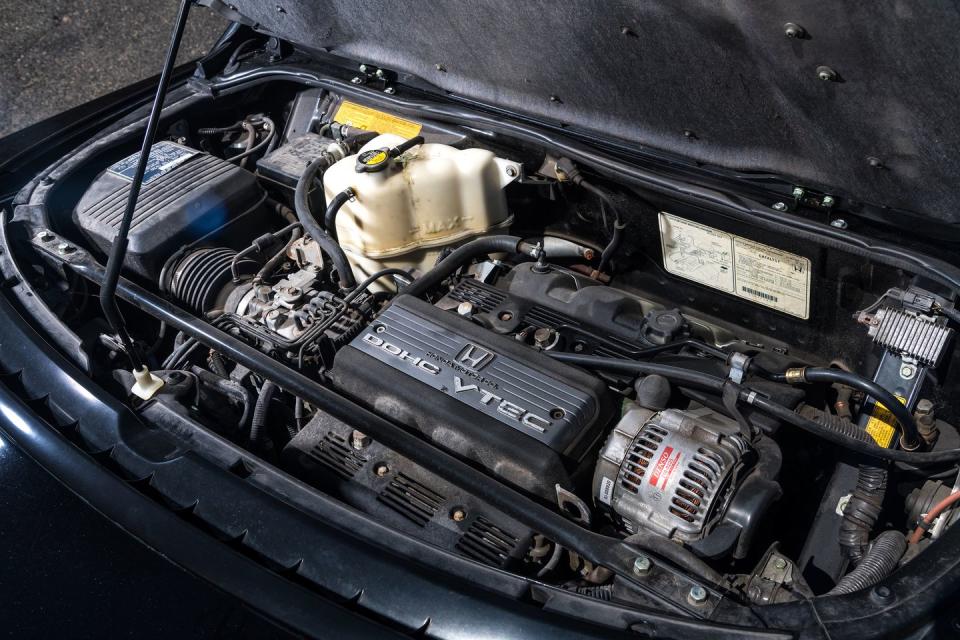
It's wonderfully simple, reminding us that smart engineering doesn't always have to be in service of something complicated. Compared to a Ferrari 348 in 1990, the NSX must have seemed like a spaceship; now it feels basic in a refreshing way.
At the end of our drive, myself, Sorokanich, and site director Travis Okulski stopped for a healthy meal of chili dogs, cheese fries, and burgers. I gushed about the NSX, wondering aloud what it must have been like in 1991. But the discussion quickly shifted back to the Lotus.
Even though I'd only driven the Lotus from Brooklyn to New Jersey over the George Washington Bridge at that point, the parallels between it and the NSX were evident. The two differ a lot, but they give you a similar driving experience, both espousing the virtues of lightweight aluminum chassis and a commitment to simplicity.
I argued to my colleagues that no other car on sale today comes closer to replicating what the original NSX offers than the Evora. Nothing mainstream feels quite as analog.
That came into even sharper focus a few days later.
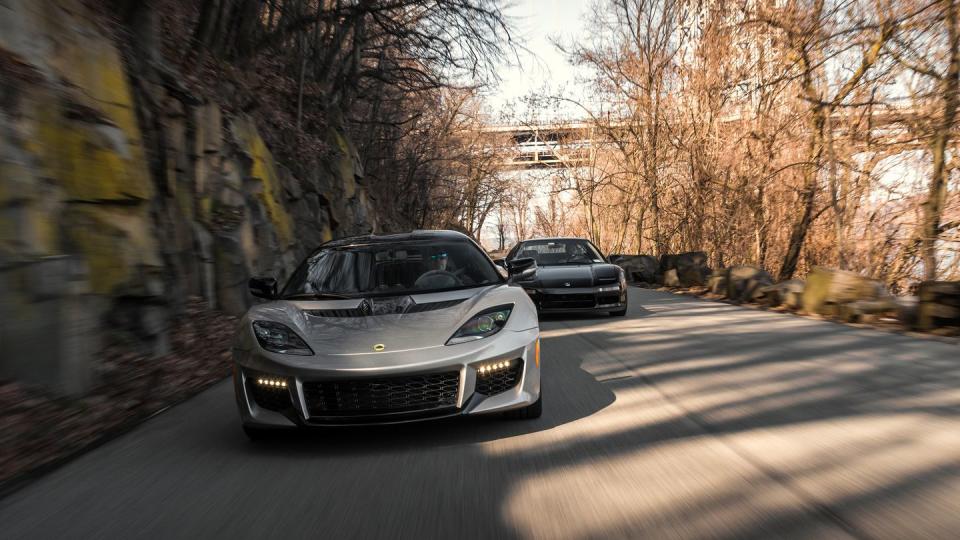
The weather was particularly nice on Sunday, so I snagged the keys to the Lotus and made my way to some choice country roads north of the city. It was on this day the Lotus turned me into a true believer.
As soon as I turned off the highway, the chassis came alive, with supple damping allowing the car to breathe with all the undulations and camber of the roads. Thanks to their twisty, poorly maintained roads, the British have become experts of damper tuning, and this expertise is on display here in the Evora 400. But the supple suspension doesn't get in the way of great handling, thanks in large part to the high torsional stiffness of the aluminum chassis. I can't think of a car with better ride/handling balance than this.
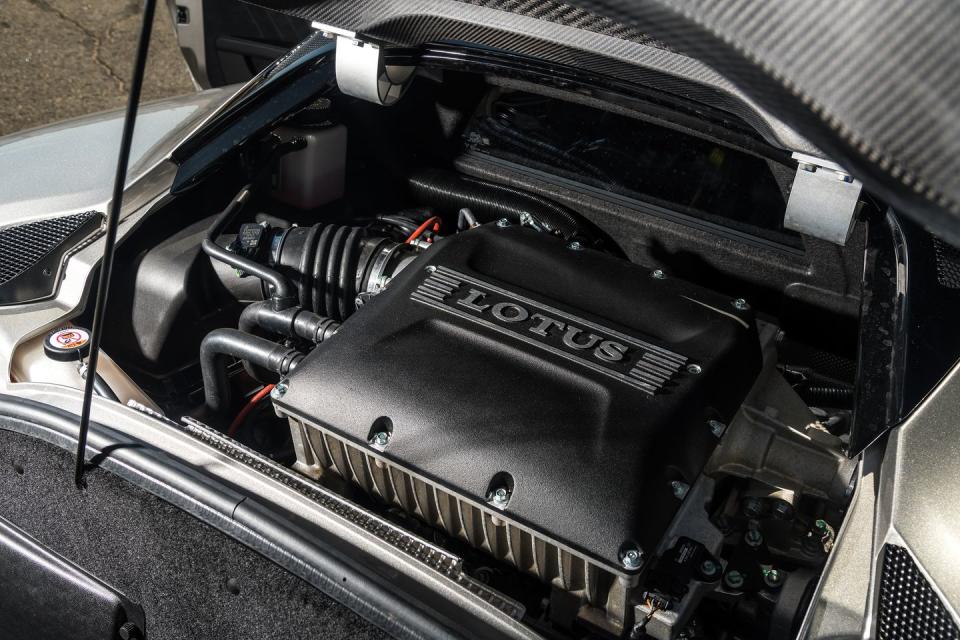
The engines in the Lotus and the Acura have a lot in common on paper, but they couldn't feel more different. You have to rev the NSX, with its 210 lb-ft torque peak arriving at 5300 rpm, and 270 hp coming at 7100 rpm. The supercharged Lotus makes all its 400 hp at 7000 rpm, but you get 302 lb-ft of torque at a low 3500 rpm. It's a fun engine to wind out, with a howl that defies its humble Camry origins, though it's easy to lean on its mid-range.
Other things good about the Lotus? There’s excellent stopping power, seemingly no fade, and the best brake pedal feel in the business. The standard Michelin Pilot Super Sports offer great grip and crisp turn-in. The shifter is nice for a cable linkage too, though everyone on staff had trouble heel-toeing in the car. You need to be very deliberate matching revs-a quick stab of the throttle won't do the trick.
Out in the country, I just kept going, turning around after a particularly good stretch of road to go and do it again. It didn't take long for me to become convinced that this has to be the most engaging sports car on sale today, especially for the money.
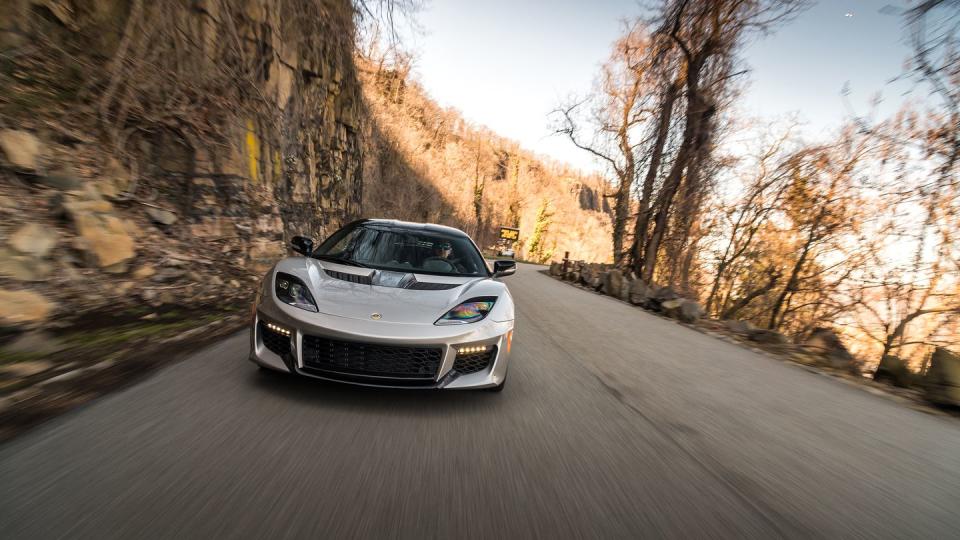
Somewhere on Route 17 in New Jersey, the Evora drew another parallel with the NSX-it's actually a usable car. The original NSX wasn't just great for its driving experience; it's great because it packaged that in a car you could drive every day without worry.
Lotus has never been known for making sensible cars, but heading back towards home, the Evora 400 was totally calm and quiet. Its ergonomics might be odd compared with the NSX's, but I don't think it would be difficult to drive every day. Even its stereo is good, and that silly Alpine head unit has Apple CarPlay.
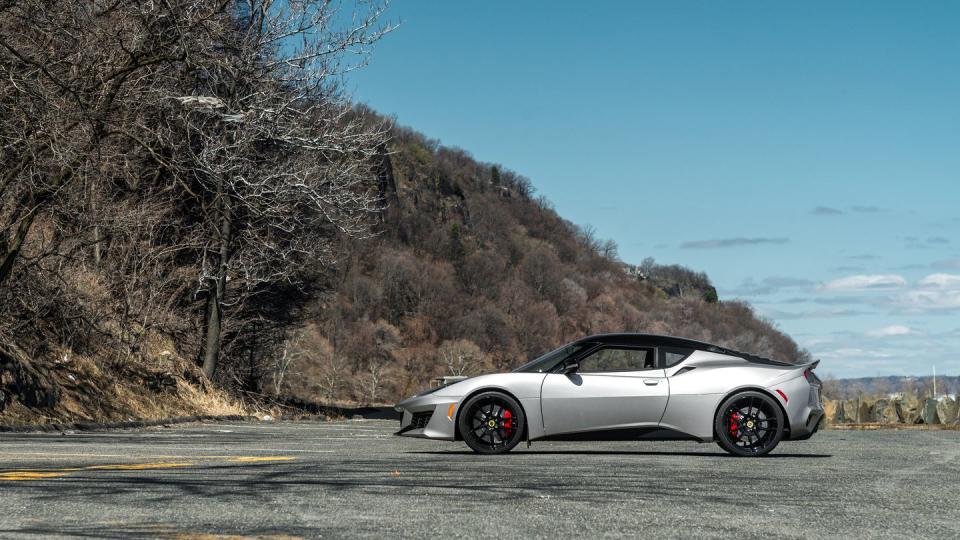
We never saw a true evolution of the original NSX. While it was updated subtly over its 15-year run, Honda didn’t immediately follow up its first supercar with a new model that moved the needle and further told the NSX story. The new NSX borrows the name and basic spirit of innovation of the first, but nothing else.
The biggest achievement of the original NSX wasn't just that it established Honda as a serious player in the performance-car world, but that it got everyone else to step up their game. Look at all the cars that came after the NSX; the Ferrari F355, the Porsche 993, the C5 Corvette. Each was a massive improvement over its predecessor and had a new level of daily usability. That was in response to the NSX.
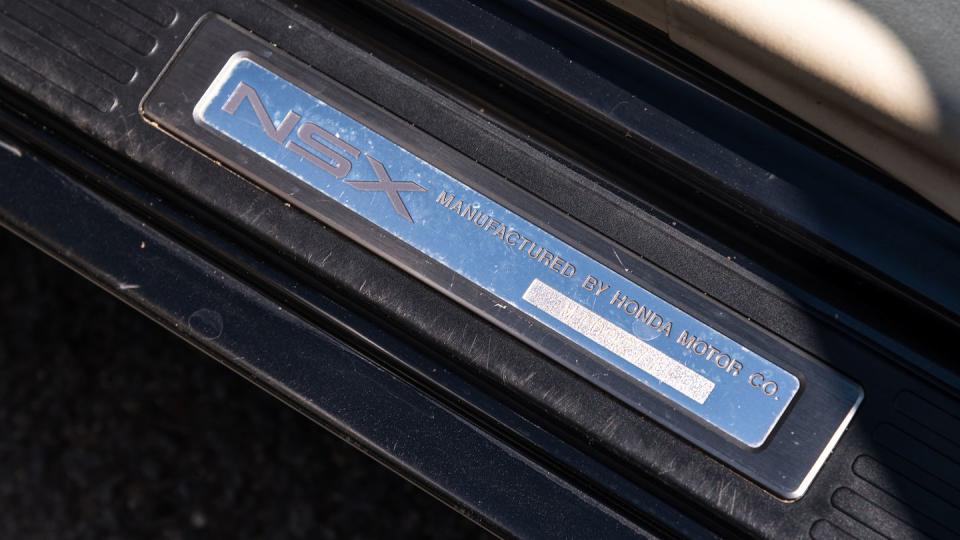
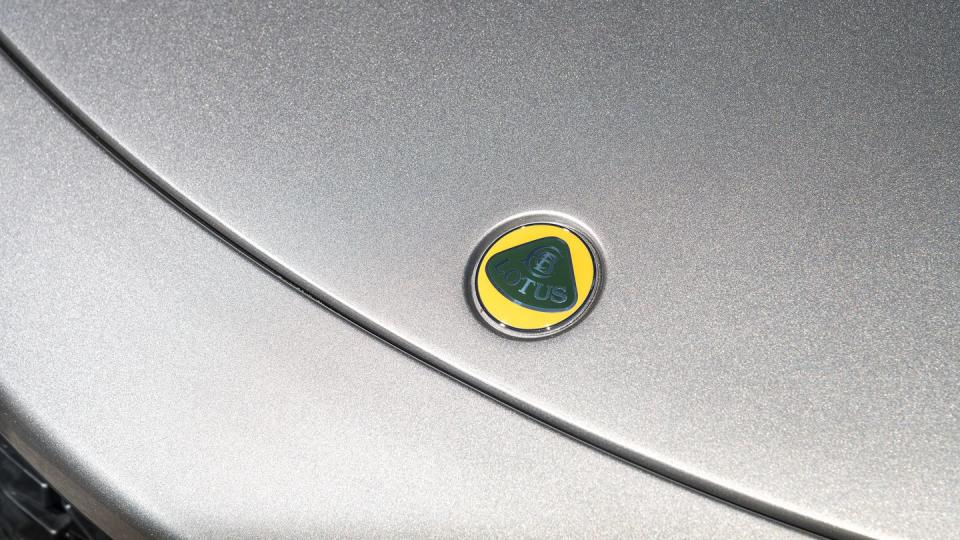
Beginning production three years after the original NSX was sunsetted in 2005, I don't think the Evora was a direct response to Honda's supercar. But, there's no doubt it lives in a post-NSX world. Lotus learned from Honda’s lessons and built something remarkably similar. The Evora almost feels like an evolution of the NSX.
If the NSX was the best sports car of the 1990s, then the Evora 400 is the best 1990s sports car you can buy today. It offers analog experience in a digital age, an increasingly rare delicacy today.
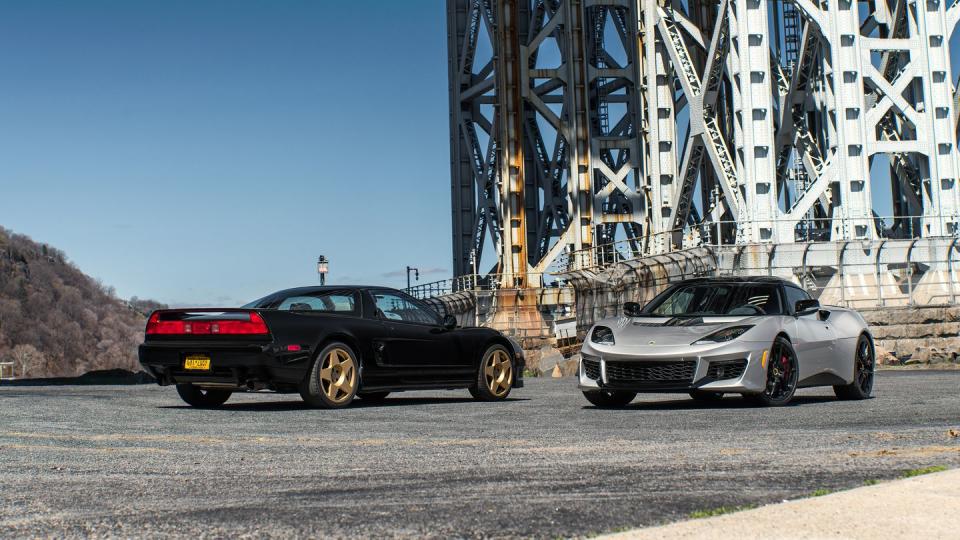
You Might Also Like

 Yahoo Autos
Yahoo Autos 